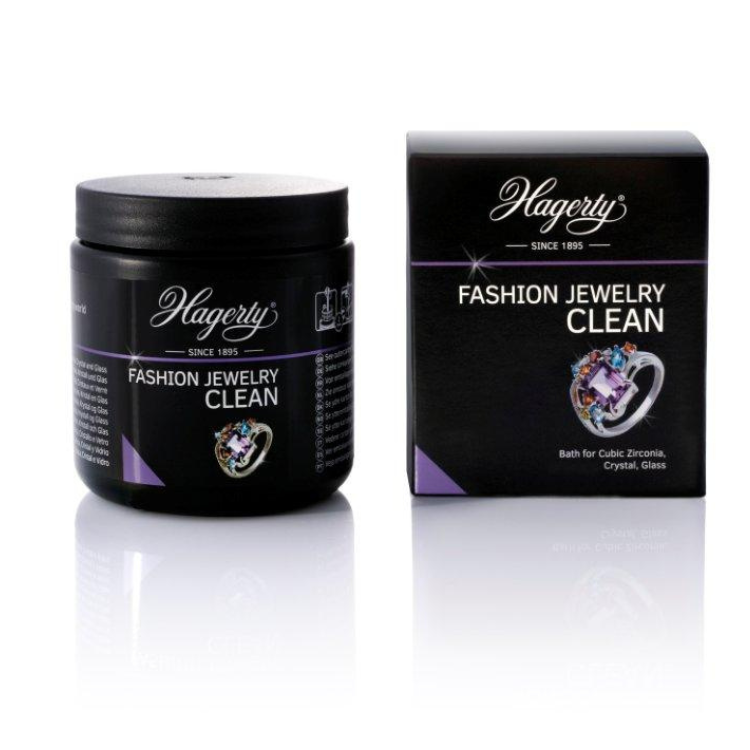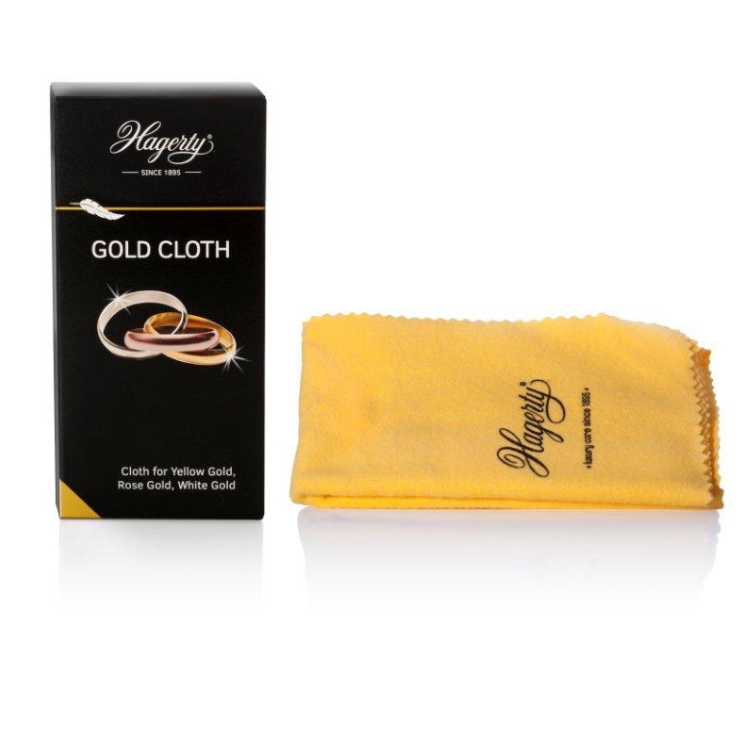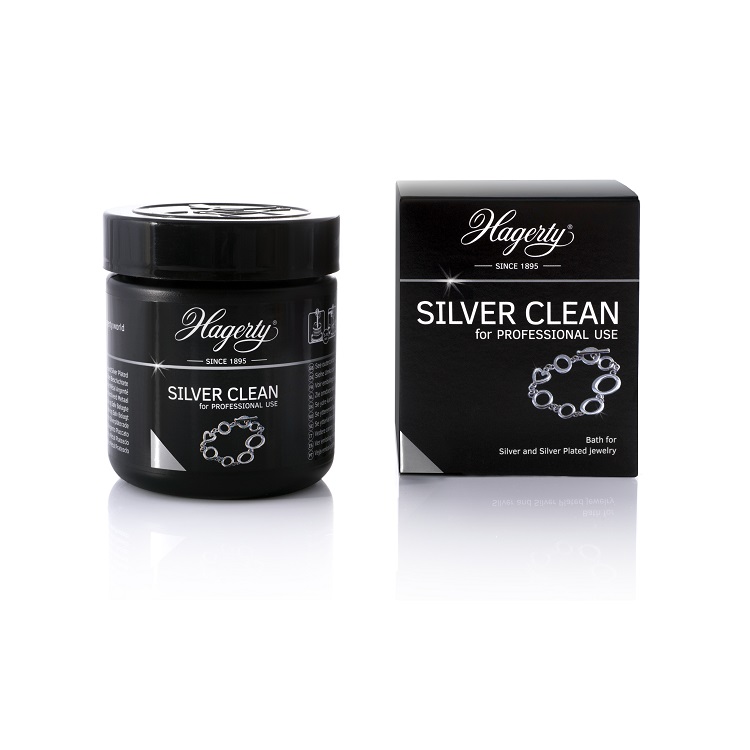Wednesday 19th April 2023
.png)
- Cubic zirconium looks a lot like a diamond and was created artificially as a substitute to the diamond which was too expensive. However, there are some differences between the two. Zirconium has no colour while the diamond has a bit of a yellow colour. Zirconium can be scratched and is heavier than the diamond.

- You can find gold jewellery with various tints. There are 9 tints in business. Their differences of colour are mainly due to the content of the alloy. You must know that even yellow gold is not only made of gold. Silver and copper or zinc are often added. As for the white gold, it is covered with a rhodium layer which gives a clear tint. Rose gold’s colour depends on the quantity of copper in the alloy.

- Silver used in the jewellery business is not pure. Generally, it is associated with copper which can increase its resistance and makes it possible to realize even finer creations.
- Silver is a precious metal which requires to be cleaned more frequently than the others. Indeed, it blackens when in contact with sulphide which is in the air and which speeds up oxidation. Thus, if you want to slow down the process and protect your silver items, you need to store then in a dry and closed place.

- Copper is one of the rare metal that can be found in nature. Its basic colour is kind of orange, but it goes greenish when the metal oxidizes. Bronze is an alloy with copper and tin but it would be more rightful to talk about bronzes. Indeed, the quantity of its components changes and other elements can be added like aluminium. Brass is an alloy with copper and zinc. Like the bronze, there are various brasses because the alloy can contain lead and pewter as well.

- Pewter was actually used in antiquity to protect the dishes from oxidation. However, it remains sensitive to oxygen and thus, requires care.
*information supplied by Hagerty World.







